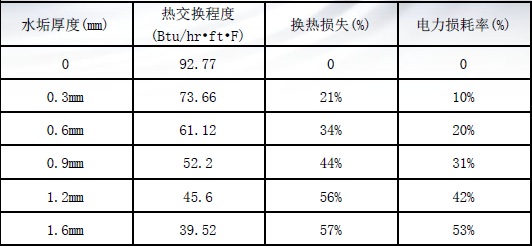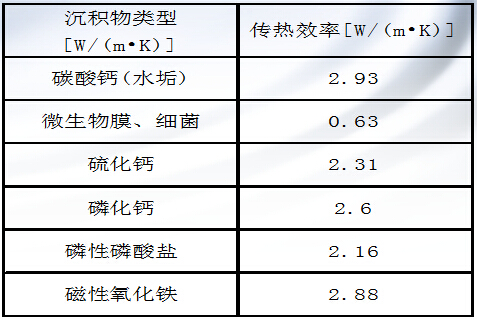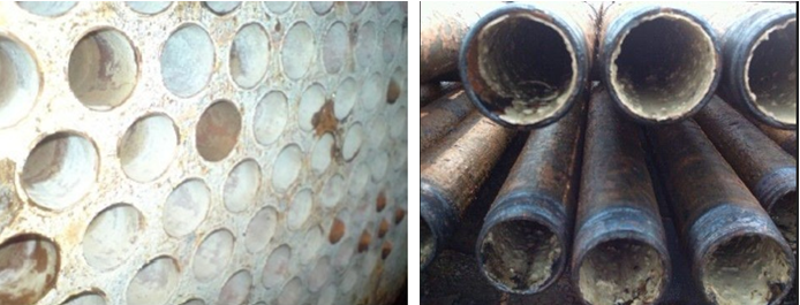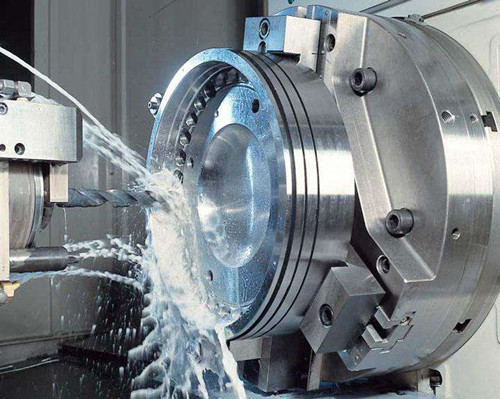
Problems caused by the operation of open circulating cooling water system
I. Bacterial and Microorganism Reproduction
Natural sunlight and nutrients in water facilitate the rapid growth of bacteria, algae, and fungi. Without effective control, microorganisms continuously proliferate and secrete large amounts of mucus, which binds insoluble impurities in the water together. This produces slime that adheres to the internal surfaces of equipment and pipes, impeding water flow and system heat exchange. Furthermore, areas where this sludge accumulates often experience under-deposit corrosion.
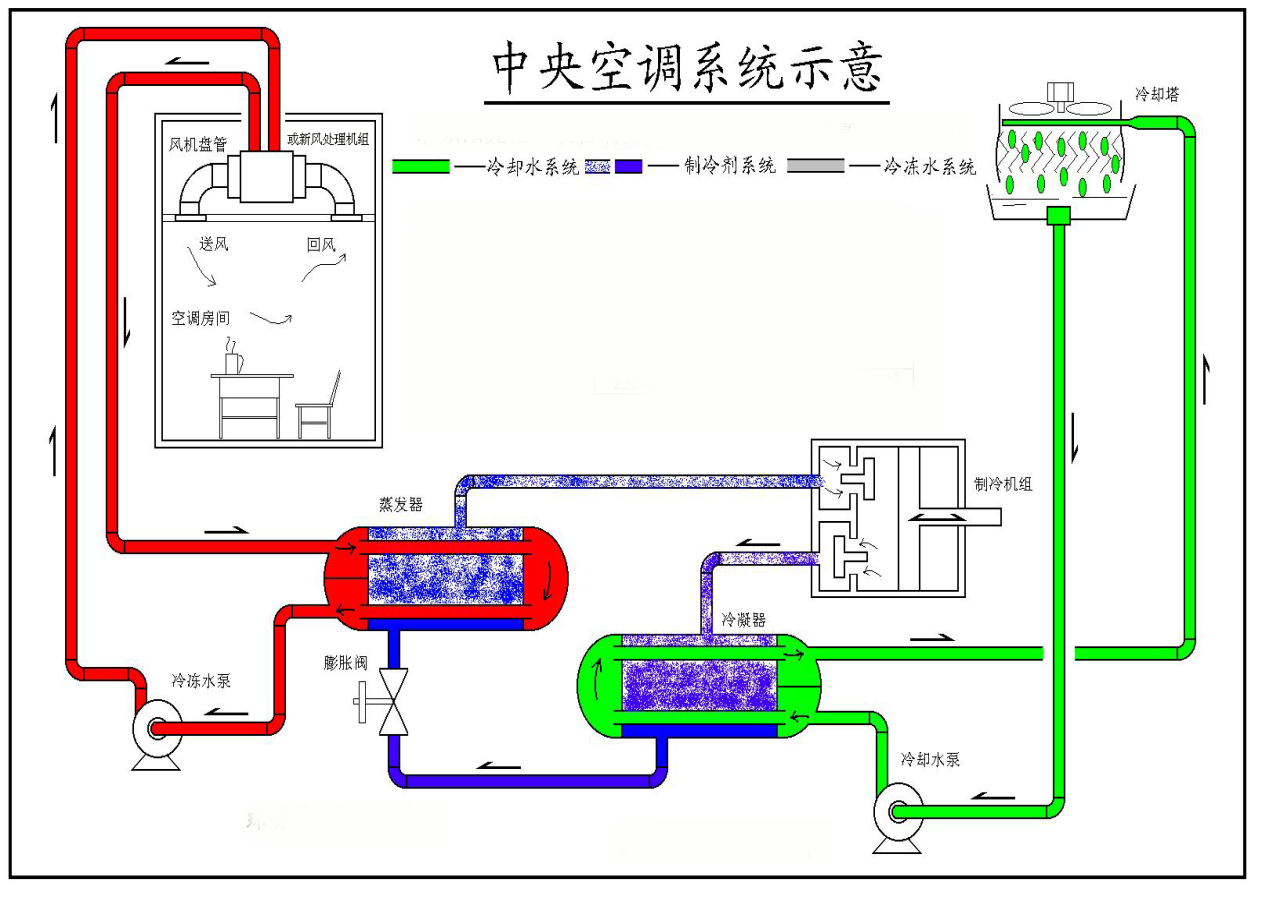
II. Scale Formation in Water Circulation Systems
During the heat exchange process between circulating water and heat exchangers, calcium bicarbonate in the water converts to calcium carbonate, carbon dioxide, and water due to heating. These components splash and adhere to the cooling tower and pipes, forming scale in the water circulation system. Water in the cooling tower continuously evaporates, increasing the concentration of dissolved substances. When the concentration exceeds water’s saturation solubility, ions (calcium carbonate) precipitate out, accelerating scale formation in the water circulation system. Once scale forms, it reduces heat exchange efficiency and increases water flow resistance, forcing the compressor to output more power to achieve its original intended effect, resulting in various cost losses:
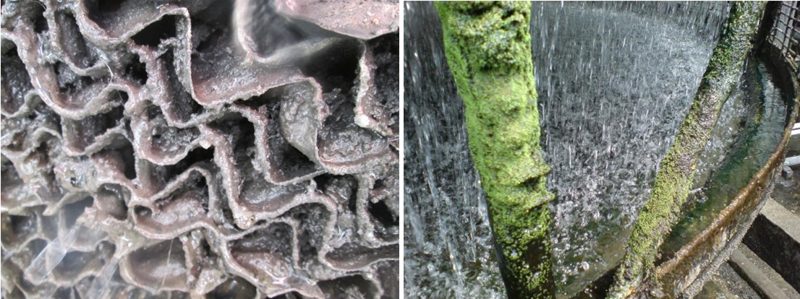
III. Economic Losses Caused by Poor Water Quality to the System
